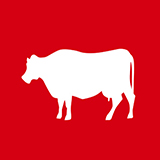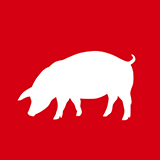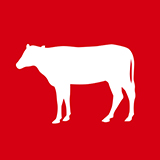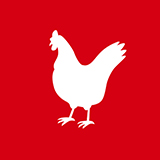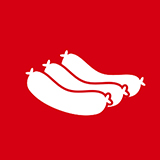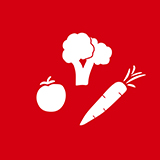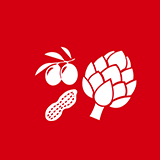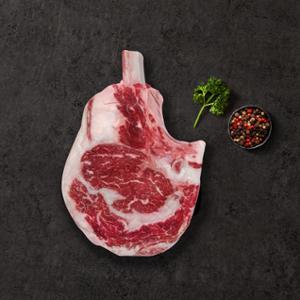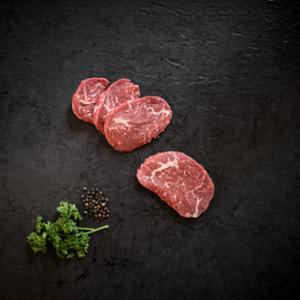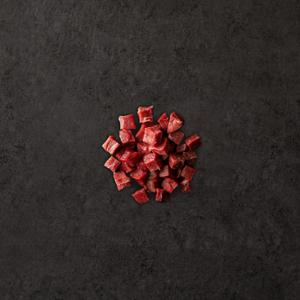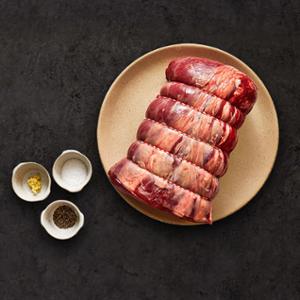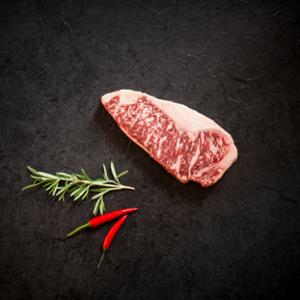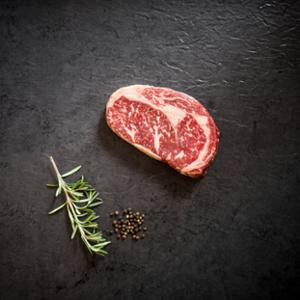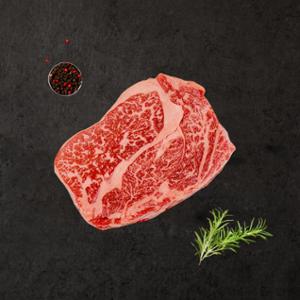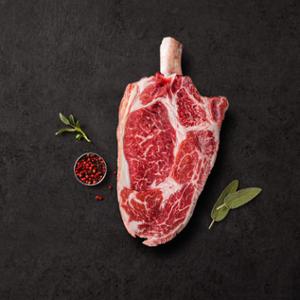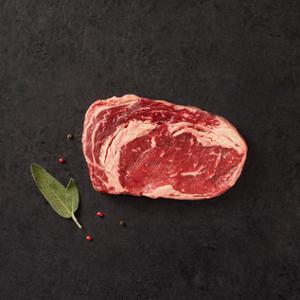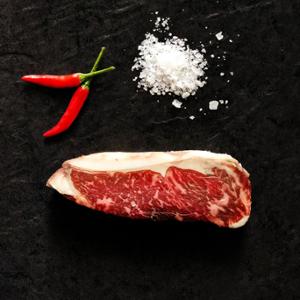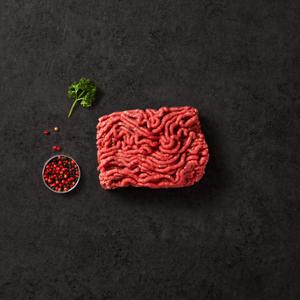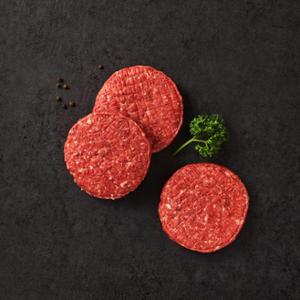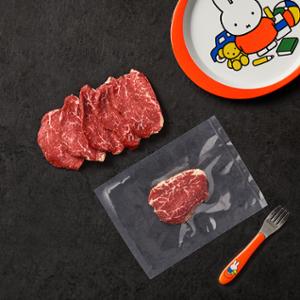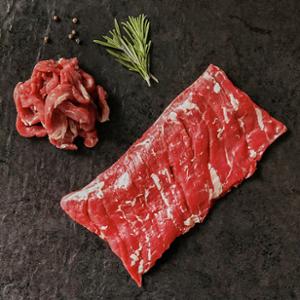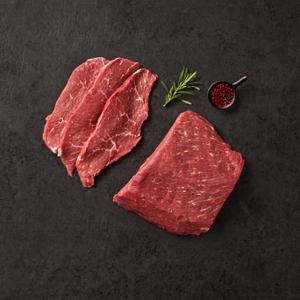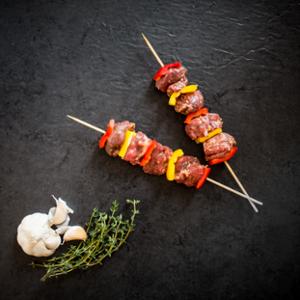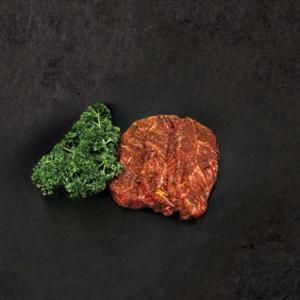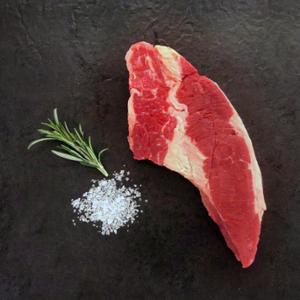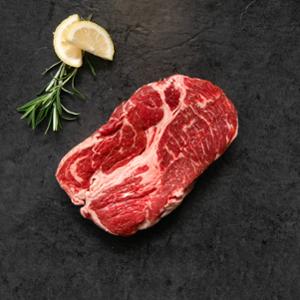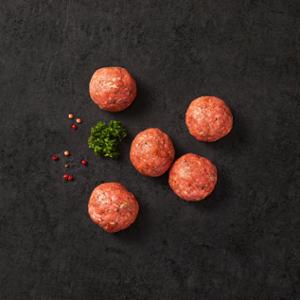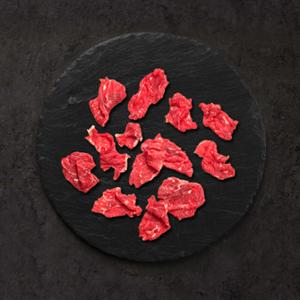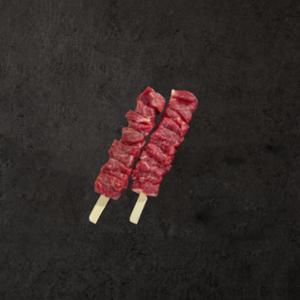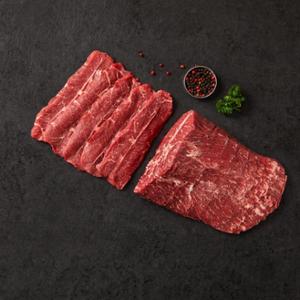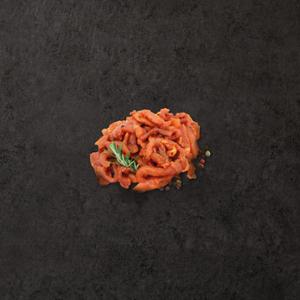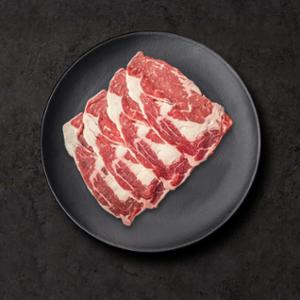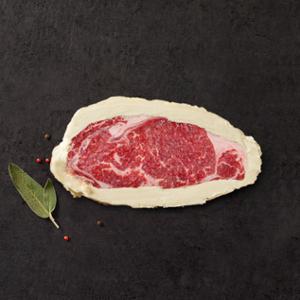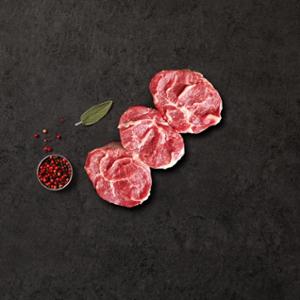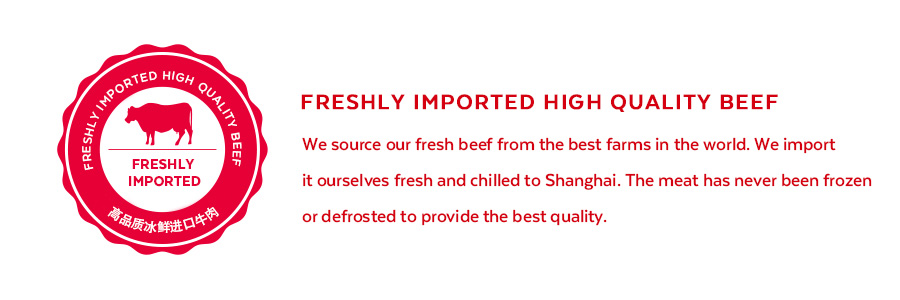
- Rangers Valley Australian Prime Ribs Grain-Fed MB3-4¥88.00 / 100gADD TO CART
- Beef Carpaccio Slices¥156.00 / 200g 2mm slicesADD TO CART
- Beef Tartar Cubes¥156.00 / 200gADD TO CART
- 2 KG Australian MB2 Ribeye Roast¥1260.00 / 2kgADD TO CART
- Australian Tenderloin Grain-Fed MB3-4¥78.00 / 100g
- Rangers Valley Australian Prime Ribs Grain-Fed MB3-4¥88.00 / 100gADD TO CART
- Australian Ribeye Grain-Fed MB2+¥63.00 / 100g
- Australian Striploin Grain-Fed MB2+¥54.00 / 100g
- Lean Fresh Minced Beef Grain-Fed¥19.00 / 100g
- Hamburger Grain-Fed¥37.50 / 150g - 1 Patty
- Kids Tenderloin Grain-Fed¥78.00 / 100g
- Australian Skirt MB2+ Grain-Fed¥32.00 / 100g
- Knuckle Grain-Fed¥23.00 / 100g
- Garlic and Herb Beef Skewer¥42.00 / 100g
- Marinated Australian Oyster Blade Steak¥42.00 / 100gADD TO CART
- Beef Cubes for Stew¥130.00 / 500g
- Australian Brisket Grain-Fed MB2+¥19.00 / 100gADD TO CART
- Australian Chuck Eye Roll MB2+ Grain-Fed¥28.00 / 100gADD TO CART
- Beef Carpaccio Slices¥156.00 / 200g 2mm slicesADD TO CART
- Beef Tartar Cubes¥156.00 / 200gADD TO CART
- Beef Meatballs¥5.70 / 30g 1pcADD TO CART
- Shredded Australian Tenderloin Grain-Fed MB2+¥195.00 / 250gADD TO CART
- Mini Beef Skewer(Unseasoned)¥21.00 / 75g 1pcsADD TO CART
- Australian Oyster Blade Grain-Fed MB2+¥42.00 / 100gADD TO CART
- 2 KG Australian MB2 Ribeye Roast¥1260.00 / 2kgADD TO CART
- Beef Shawarma¥35.00 / 100gADD TO CART
- Sliced Australian Ribeye Grain-Fed MB2+¥157.50 / 250g hotpot slices
- Rangers Valley Australian Prime Ribs Grain-Fed MB3-4¥88.00 / 100gADD TO CART
- Marinated Australian Oyster Blade Steak¥42.00 / 100gADD TO CART
- Shredded Australian Tenderloin Grain-Fed MB2+¥195.00 / 250gADD TO CART
- Sliced Australian Wagyu Striploin MB9+¥295.00 / 250g hotpot slicesADD TO CART
- Sliced Australian Ribeye Grain-Fed MB2+¥157.50 / 250g hotpot slices
- Frozen Wagyu Beef Shin Shank MB8-9¥23.00 / 100gADD TO CART
We source our fresh beef from the best Australia abattoirs and import it ourselves fresh and chilled to Shanghai. It has never been frozen or defrosted. We offer certified Angus beef and Waygu beef – as well Grass-Fed as Grain-Feed in a large variety of cuts, all done by our Master Butcher according to Swiss specifications.
Breed Specifications
Angus breed is renown for its finely marbled meat, which makes a more tender, juicy and flavorful meat than other breeds. Waygu beef is the ultimate luxury beef breed. We offer a premium selection of Wagyu beef, making it divinely melting in the mouth.
Grass-Fed VS Grain-Fed
Dry-Aging Beef
You can also find dry-aging beef in our assortment. At Swiss Butchery, our standard aging period is 30 to 45 days. The result is premium quality controlled beef, with a robust, full flavored taste.
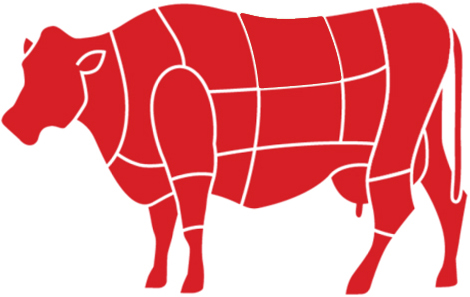
The chuck primal cut extends from the neck to the fifth rib and includes the shoulder blade and upper arm.. The texture varies from coarse to fine and so does the degree of tenderness. The chuck has plenty of connective tissues that melt when the meat is cooked. This helps to add flavor and also helps to tenderize the meat. Although chuck cuts are flavorful, they are not as tender as the loin and rib cuts.They can become rather tough if not cooked properly. Cuts from the chuck benefit from slow cooking using moist heat methods such as braising.
Uses
- Whole or rolled chuck / chuck tender – Pot-roast
- Cubes (30mm) – Stew
- Mince
Blade steak comes from the shoulder blade. It is a versatile cut that can be barbecued and pan-fried, cut into strips and stir-fried or diced for slow-cooking in a braise. The oyster blade is connected to the shoulder blade of the beef. It is a very flavourful cut that is versatile enough to be cooked whole as a roast, sliced into steaks and cooked on the barbecue or in a pan, thinly sliced for a stir-fry or diced for slow cooking in a braise or casserole.
Uses
- Cubes – Braise, stew
- Strips – Stir-fry, sauté
- Cubes – Kebabs, stew, deep-fry
- Whole -Oven-roast
- Steaks – BBQ -Grill
The shin consists of a large proportion of bone and a lot of white connective tissue (collagen), which makes this a tough but tasty cut. This is one of the least expensive cut and is best to use a moist, slow cooking method to produce a tender and tasty meat.
Uses
- Cubes – Braise, stew
The beef carcass has 13 pairs of ribs, but not all of the ribs are included in the rib primal cut. The first 5 ribs are part of the chuck cut in the front of the animal. The 13th rib is part of the loin. The rib primal contains ribs 6 through 12. A bone-less prime rib is known as the ribeye. The cuts obtained from the rib primal are very tender and contain many of the best steaks and roasts. Dry heat cooking methods, such as grilling, pan-frying and roasting, bring out the flavor of rib cuts and keep the meat tender.
Uses
- Whole prime rib (2 – 7 ribs) – Oven-roast
- Prime rib steak – Oven-roast, grill, BBQ
- Whole ribeye – Oven-roast
- Ribeye steak (also called Scotch Fillet) – Pan-fry, grill or BBQ
Short rib refers to a small piece that has been trimmed of the main portion of a rib when the rib section is trimmed into smaller cuts. It is the continuation of the prime rib towards the brisket (belly). Short ribs cut parallel to the bone are known as English style beef ribs. Short ribs that are cut across the rib bones are commonly used in Japanese and Korean dishes (LA Kalbi). These ribs are usually marinated for a period of time to achieve the desired tenderness.English style beef ribs can be braised or steamed first before roasting or barbequing so that the meat remains juicy and tender when cooked.
Uses
- Beef ribs – Brown & braise, BBQ
- Short ribs, cut – Marinate & grill
The brisket consists of the point end and the navel end.This flavoursome cut located on the underside of the animal below the chuck primal has a coarse and stringy texture. It contains the breastbone and the lower ends of ribs 1-5.
Uses
- Whole brisket, rolled – Pot-roast
- Portioned brisket – Stew, braise
The short loin is the most tender of the primal cuts because the muscles in this area are the least used. The sirloin muscle is the largest muscle and the tenderloin is the smaller inside muscle.They are very lean, but usually lack the flavor of some of the tougher beef cuts that contain more fat and connective tissue. It is best to cook beef cuts from the short loin with dry heat cooking methods such as grilling and roasting. It is important not to overcook loin cuts because they can loose their natural tenderness, which is one of the primary reasons for purchasing them.
Uses
- Whole sirloin – Oven-roast (Alternate use: Cold roast beef sliced thinly)
- Sirloin steak (also known as NY strip, porterhouse, entrecôte) – Pan-fry, grill, BBQ
- T-Bone or porterhouse – Pan-fry, grill, BBQ
The rump consists of several loose muscle layers and the large pelvic bone. It is located between the short loin and the leg and includes the hip section and ends at the socket of the pelvis. Cuts such as the rump, rump cap and tri-tip from the rump are flavorful and tender, but they are a bit less tender than cuts from the short loin.
Uses
- Whole rump – Pot roast, Oven-roast
- Rump steaks (Minute steaks) – Pan-fry, grill or BBQ
- Strips – Stir-fry, sauté
- Cubes – Kebabs, stew, deep-fry
The flank consists of a bone-less section located on the underside of the animal below the loin primal. It contains cuts like the
flank steak (also know as Bavette, London Broil) and flap meat/skirt which are very flavourful and sufficiently tender when cooked
properly. These cuts are also commonly used in Mexican cooking,tenderized with a marinade and used to fill tacos, fajitas or as a main
course.
Uses
- Flank steak & flap meat – Pan-fry or grill not more than medium in doneness
- Strips – Stir-fry, sear
Beef cuts from the leg are located in the rear portion ofthe carcass, which includes cuts such as the topside, knuckle,silverside and eye round. Cuts from the round primal are lean, but not necessarily tender. The fat and marbling that is present in some of the other primal beef cuts help to tenderize and flavor the meat as it cooks. Because of the limited quantity of marbling, round cuts benefit
from a moist, slow cooking method such as braising in order to produce a tender and flavorful meat.
Uses
- Topside – Pot roast, braising
- Silverside – Corned beef, pastrami
- Mince

